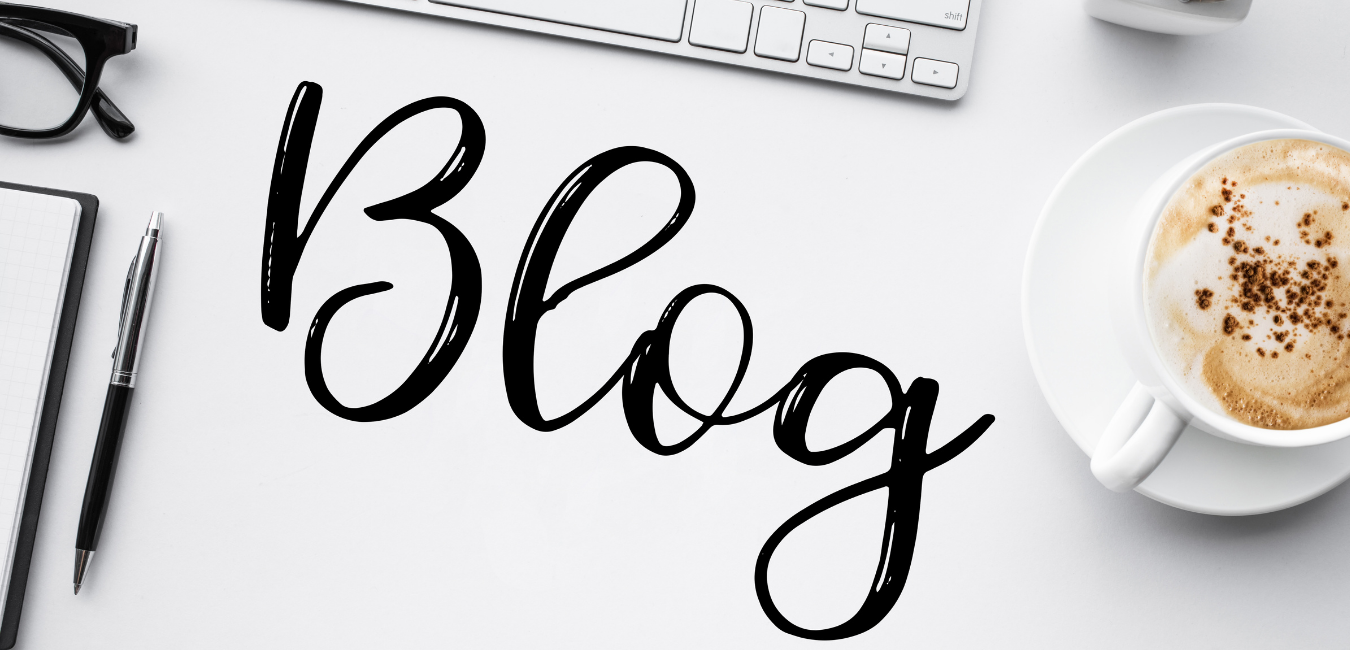
A finished manuscript is exciting. So, what do you do next? There is traditional publishing, self-publishing, blogs, magazines, etc. The options are endless. Let’s look at four tips from my self-publishing journey as a fantasy and mystery writer.
1. EDITING
Don’t forget to have your work professionally edited. I repeat, have your work edited by a professional. I have used the proofreading critique services by Writers Digest and Reedsy to find an editorial assessment.
Microsoft Word and Grammarly are all good tools. Hemingway App is a free feature that looks for readability, passive voice, and a few other features. ProWritingAid has a free editing tool that reviews word repeats, overused words, style, and many more features.
Please keep in mind that these apps and programs will not catch all of the grammar mistakes. That is why it’s essential to have an editor. Read your work out loud, have someone else read over the manuscript, and print off the document to read.
Why do I keep repeating, “hire a professional editor?” My first attempt as a self-published author was publishing my work without an editor. I ended up pulling the work, hiring a proofreader, completed a revision, created new cover art (more on this later), and reupdated my work.
2. PLATFORMS – EBOOKS
There are various platforms available to help with the self-publishing path for eBooks, such as Smashwords, Kobo, Kindle Direct Publishing (previously Createspace), and many more. In 2010, I started using Smashwords as my personal go-to for my eBooks. I made about $50 every quarter, not bad. That all stopped with no new work being published from me.
I found the Smashwords platform to be easy. There are several helpful tools available by Mr. Coker, founder of Smashwords, to help format the eBook for self-publishing, such as “Smashwords Style Guide.” Depending on the retailer’s price, Smashwords pays 85% or more on net sales. Check out the FAQ section, “How are earnings calculated?” for more information.
3. PLATFORMS – PRINT
Print on Demand (POD) allows you to sell books online, and the books are only printed once someone has purchased them. There are a variety of POD platforms for print books. I have used Lulu. I can’t speak for others, but I have not done well with Lulu. I have only published short works.
However, I use the platform to print off my work for Christmas gifts or provide my books to friends or relatives. Lulu offers an author option to purchase the book at cost. I have not used Kindle Direct Publishing, which was previously Createspace, but that is my next goal for print books.
I will update my experience later after I use Kindle Direct Publishing.
4. BOOK COVERS
Book covers are an essential part of selling a book. Several options are available, such as purchasing premade book covers, buying custom covers, or even self-designing. The premade covers can range from $25.00 to $700.00. Be careful when using premade book covers because many artists use the same stock images, and you don’t want a book cover that someone else already has.
I recently purchased a book cover for my upcoming novel, Darkthorn from Ammonia Book Covers.

I have created my book covers with Daz Studio 3D, Paint.net, and Photoshop. I am still practicing with Photoshop. I will admit making the covers have been rewarding and frustrating, but as a self-published author I want to continue to design my cover art to represent the vision of the worlds I create.

Pending Novel.
Previously, I had mentioned that I had to recreate my book covers after revisions. This is because the book dimensions changed for many publishers, and my cover art did not meet the new guidelines. Sounds easy to fix, right? Did I mention I had written under a pseudonym and decided to use my real name? I did not keep copies of blank covers. Backup your work.
In conclusion, self-publishing is complicated and not free. It’s good to say I have a book on standby for funds. I will continue to self-publish because I like to have control of my projects. However, my thesis novel for MFA at SNHU may be sent to a publisher since it’s part of the program’s progress. Keep checking back for more resources, tips, and posts.
